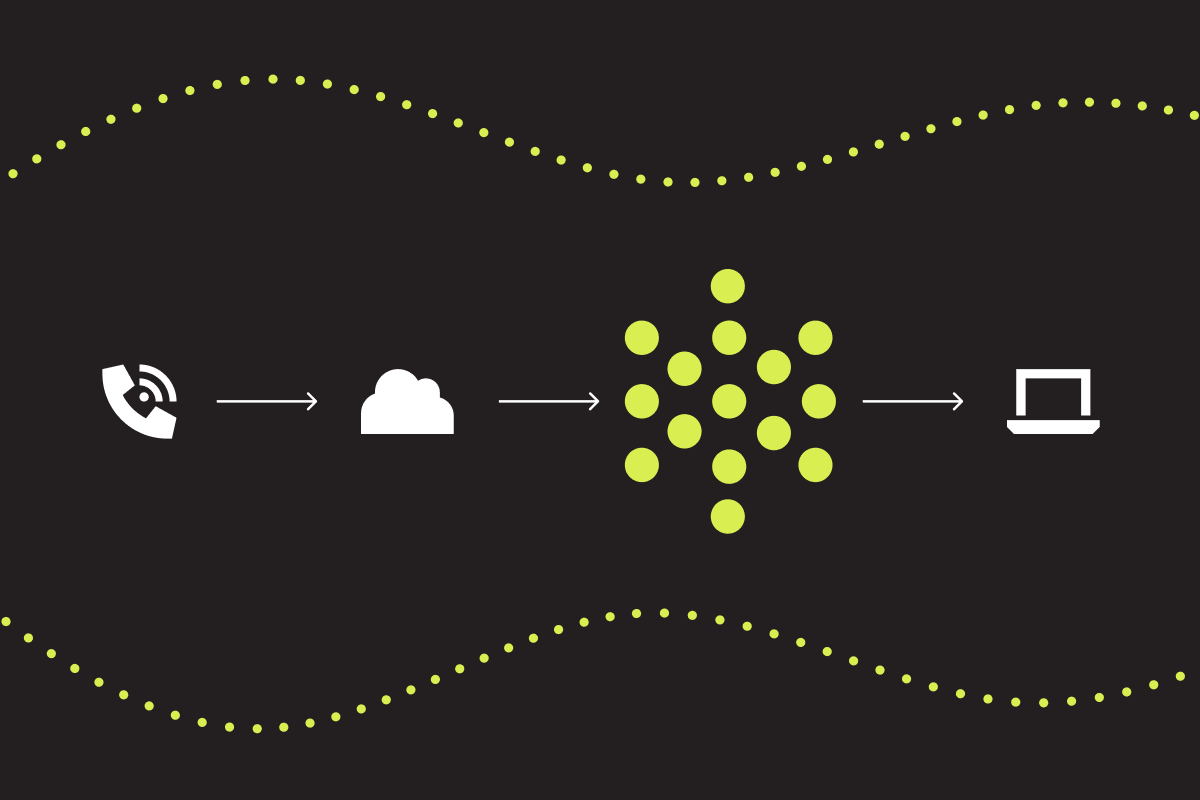For utilities companies, a new generation of voice assistants is now available to answer customer phone calls, promising higher conversion rates, better customer experiences with utilities, and a higher degree of control than ever before.
Here are some of the most common call flows to automate in utilities with a customer-led voice assistant.
1. Appointment scheduling
Callers can interact with a voice assistant to schedule, edit, and cancel services, negotiate dates and time slots, and ask questions to help them select the best options.
Instead of navigating through the options of traditional automated systems, customers can quickly and efficiently manage their appointments through natural conversation.

2. FAQs
Your agent’s time is best spent helping customers with complex queries or emergencies.
By automating the responses to FAQs, customers can get immediate answers to common queries without waiting in a queue or navigating through complex menus. You’ll also save time for both customers and agents, allowing agents to focus on customers with more complex or urgent issues.
3. After-hours inquiries
Customer queries don’t always fall into regular office hours, and when it comes to issues with heating or electricity, immediate support is a necessity.
A voice assistant can answer calls 24/7, allowing customers to directly access immediate support for urgent issues outside normal business hours, such as power outages or heating failures.
If issues persist, a voice assistant can collect customer and service-related information to assist agents with call-back when they are available.
4. Outbound
Customers expect the basics of clear communication. A voice assistant can proactively reach out to customers to provide service reminders and technician arrival times or remind customers about scheduled follow-up services.
Keeping customers informed is crucial for a positive experience. It helps customers plan their day, avoids frustration, and shows a commitment to transparent and efficient service.
5. Call prioritization and routing
Every customer call is important, but some calls require more immediate attention.
A voice assistant can understand customer intent and recognize priority situations (e.g., loss of heating in winter or cooling in summer) to efficiently route calls to the correct agent at the right time to ensure that critical issues receive immediate attention while optimizing resource allocation.
 6. Billing and payment
6. Billing and payment
A voice assistant can assist customers in checking and paying bills, providing information on outstanding balances, and processing payments securely.
Customers benefit from real-time information on outstanding balances and due dates, streamlined processes for inquiries and payments, and the assurance of secure transactions.
7. Authentication
Agents can spend anywhere between 20 seconds to one minute authenticating callers.
Automating call center identity verification and data collection can save your agents precious time and allow them to spend more time helping the customers that need them most.
Trust is a fundamental component of customer loyalty, and customers are more likely to engage with a company they believe prioritizes their security.
8. Account management
Even when digital self-service options are available, many customers still prefer the familiarity and ease of using the phone.
For routine calls, like account management, a voice assistant can update customer account details, including address, property details, payment information, and more.
9. Multilingual support
Implementing multilingual support positions your company as accommodating and accessible. A multilingual voice assistant allows you to create a personalized experience for customers regardless of language and contribute to the growth of your business.
10. Call routing
Many contact centers continue to use touch-tone Interactive Voice Response (IVR) systems that often misunderstand customers, resulting in misrouted calls, increased wait times, and frustrating customer experiences.
To resolve these IVR issues, a voice assistant can accurately route calls without relying on keywords by letting customers speak freely and understanding what callers need, even from long and complex queries.
Conclusion
Call center voice AI is a great way to handle common calls, freeing up your team to provide more value and improving customer experience across all touchpoints.




